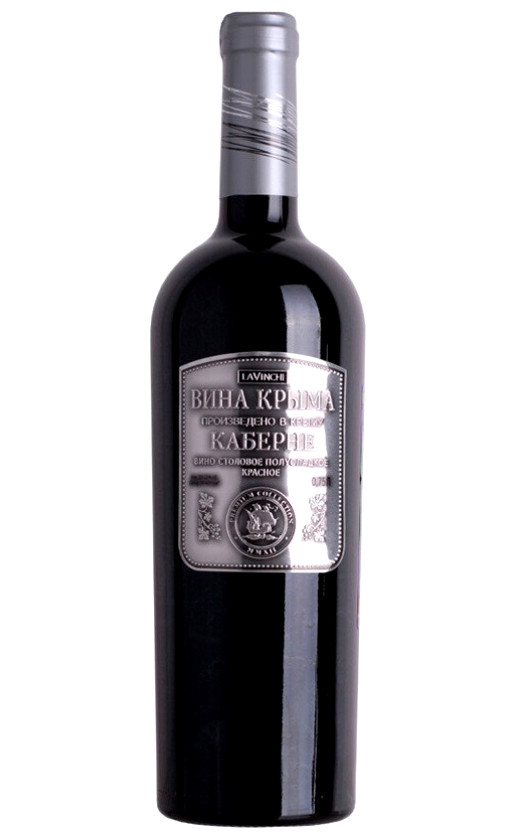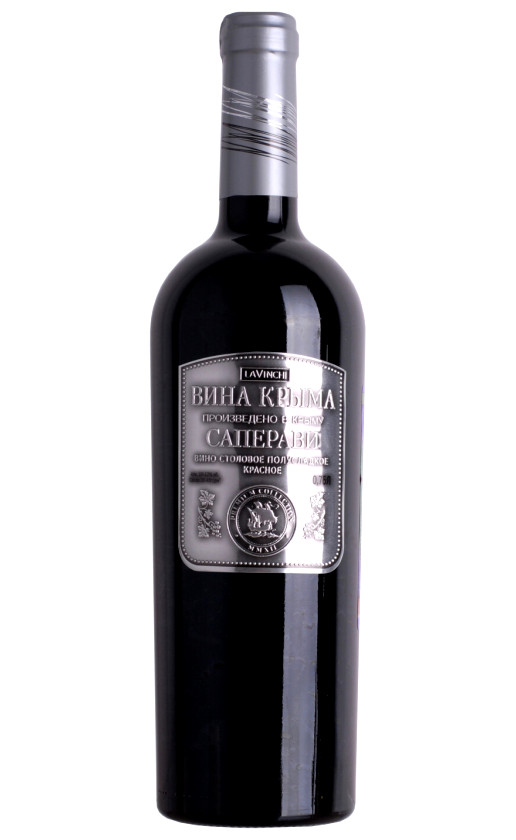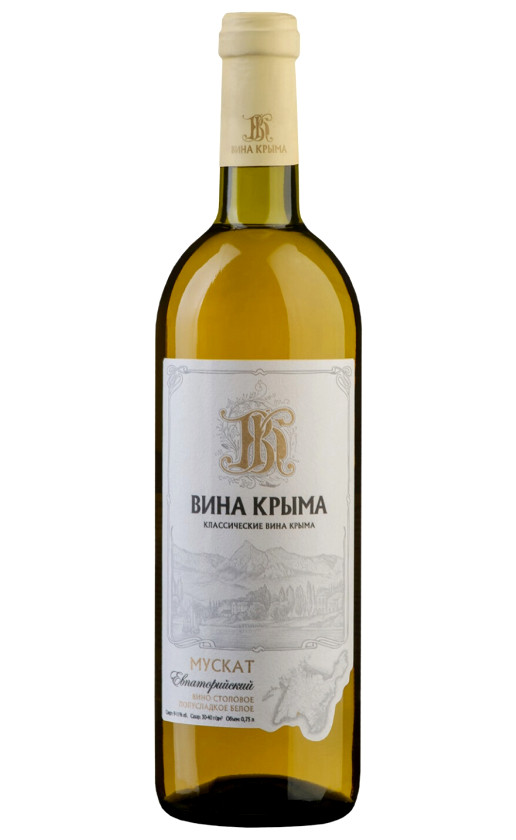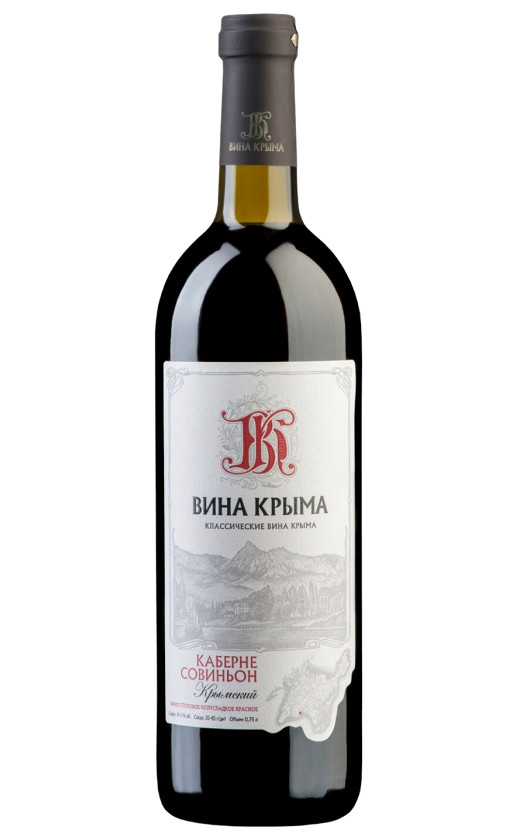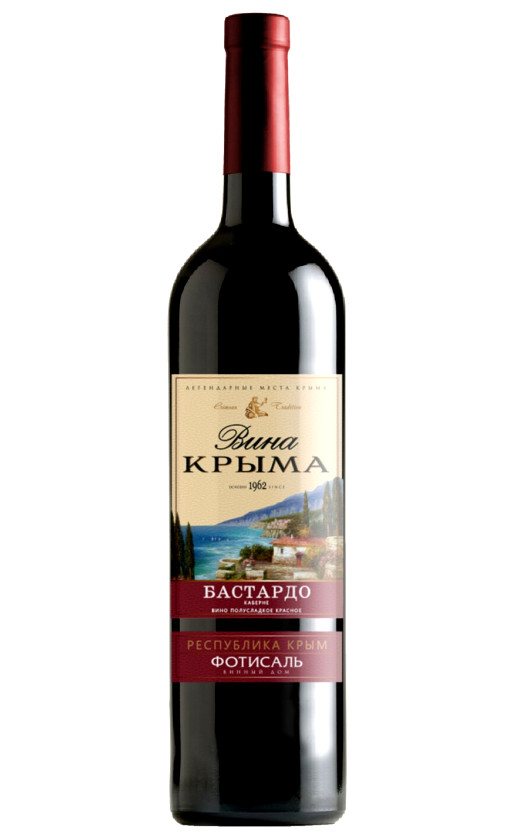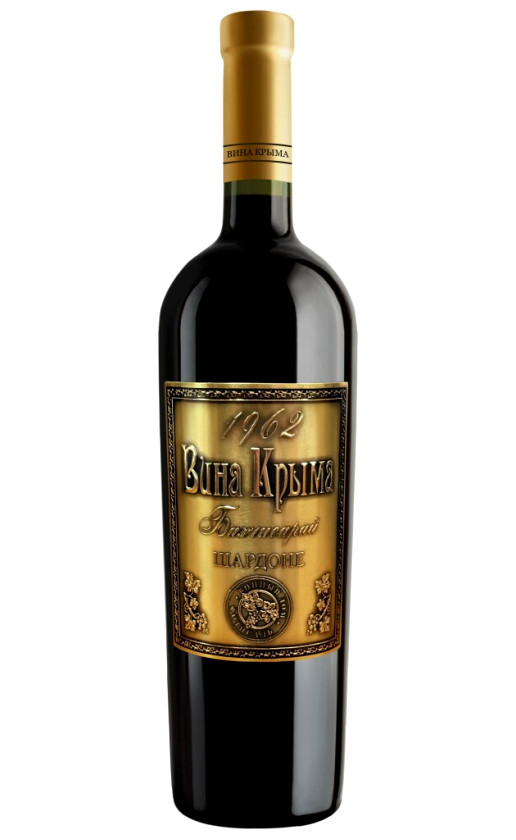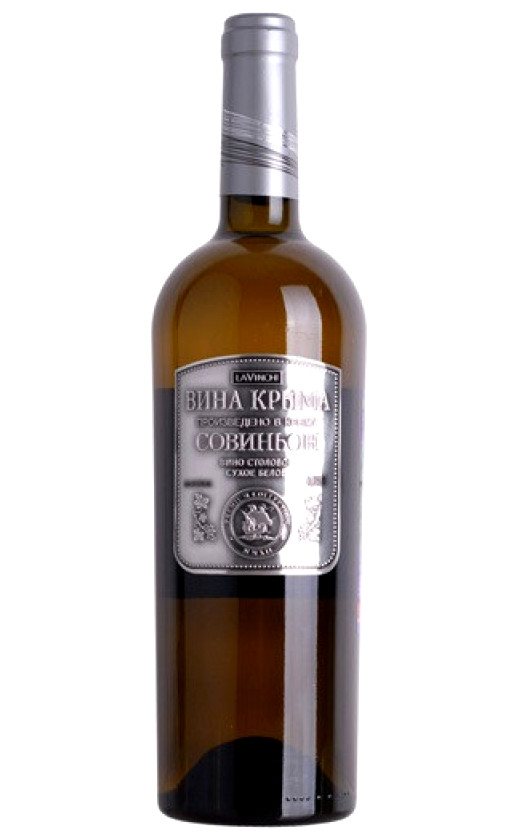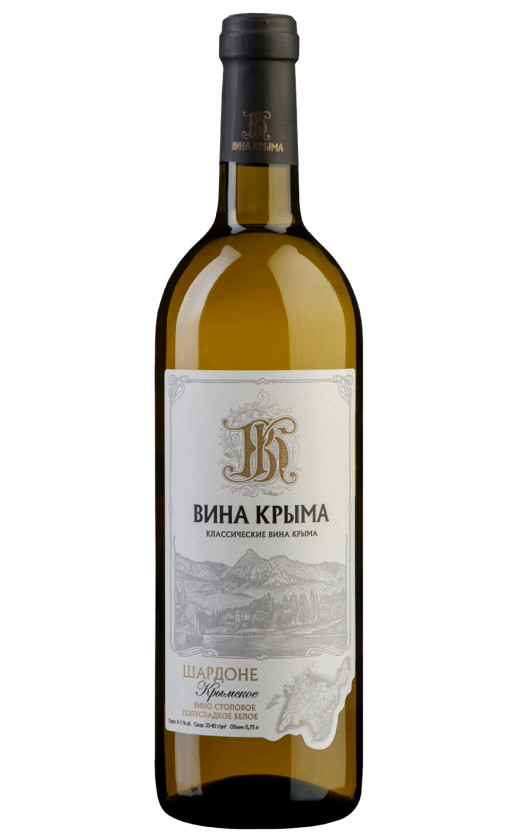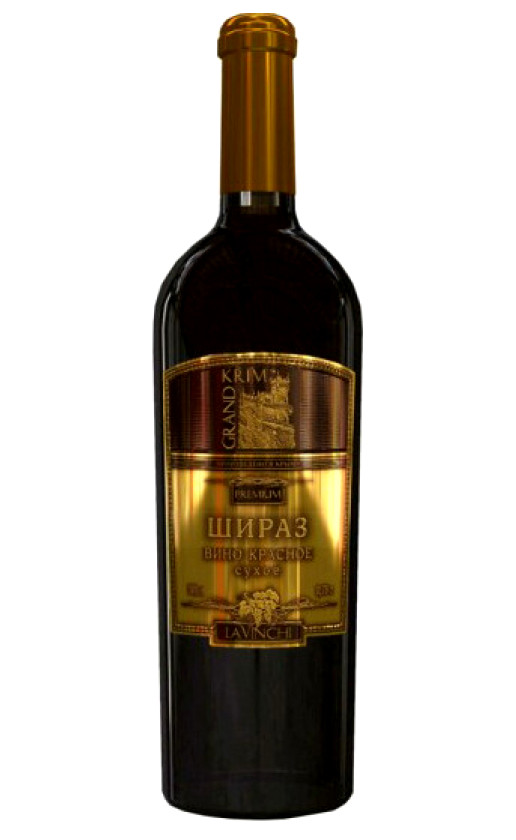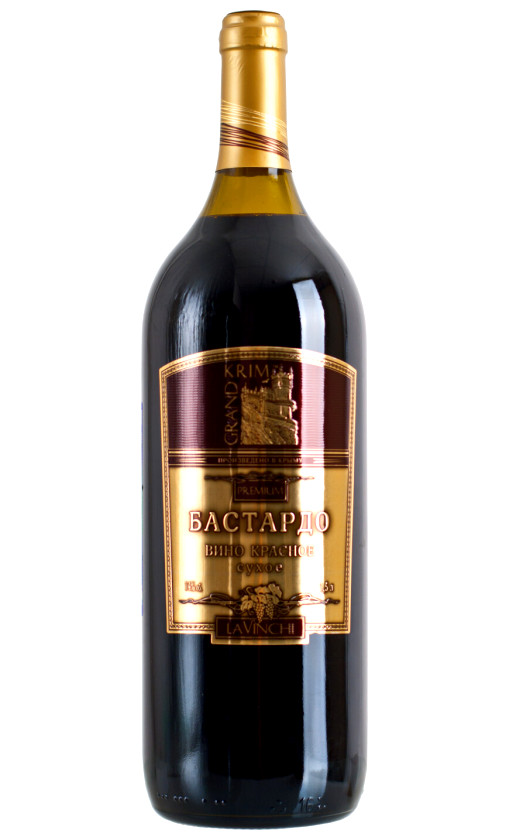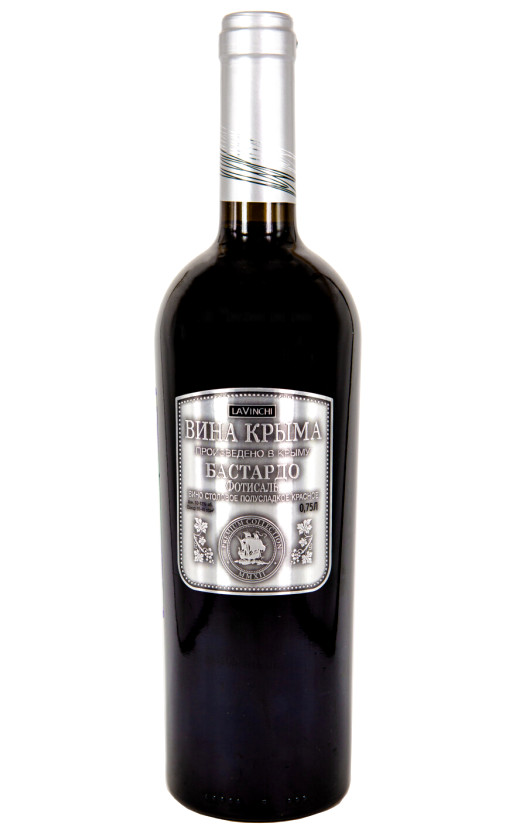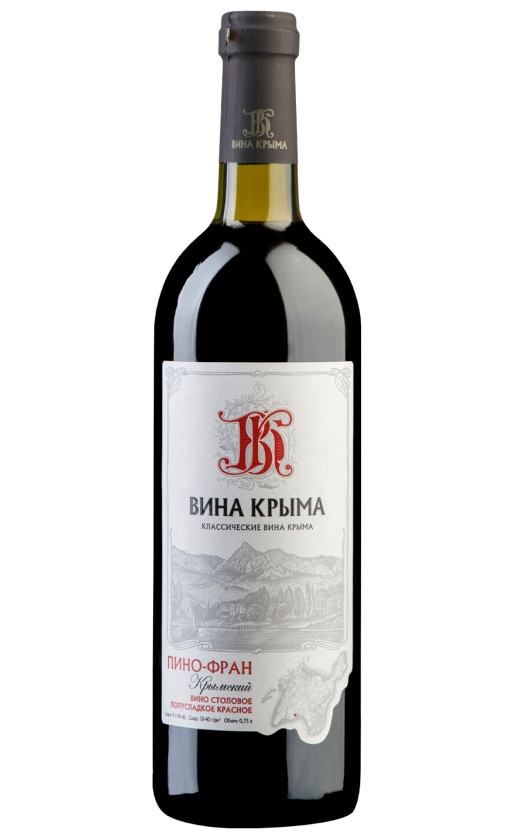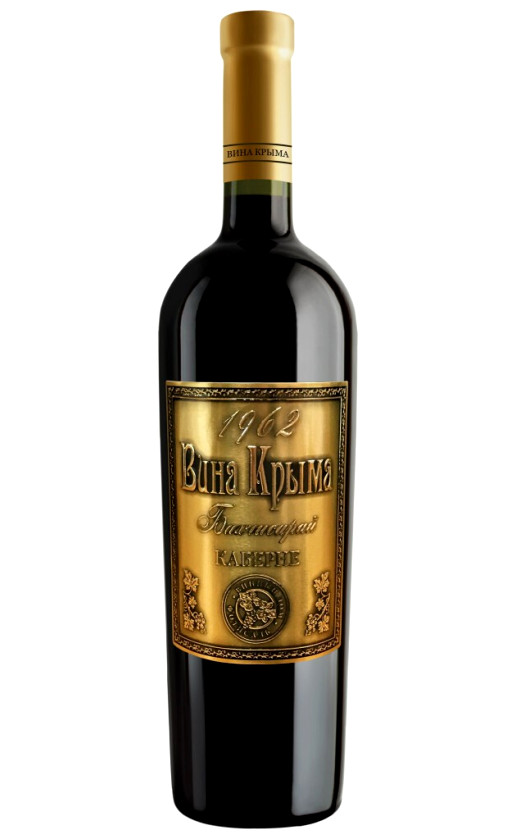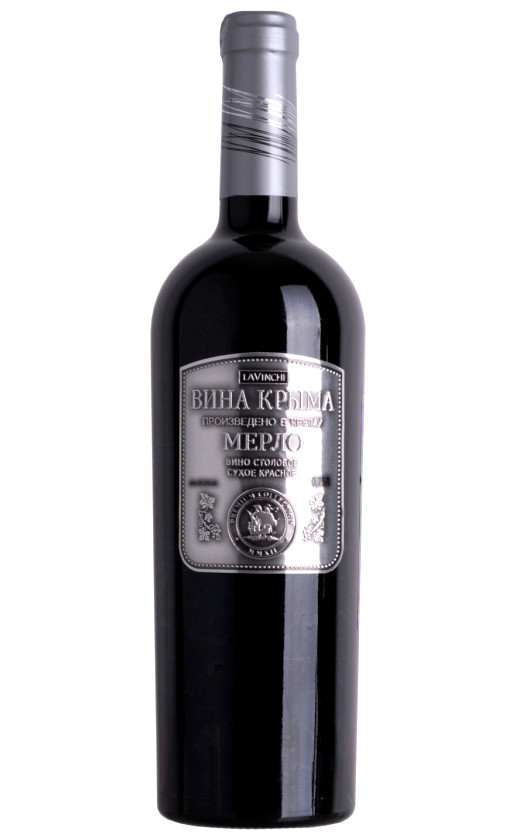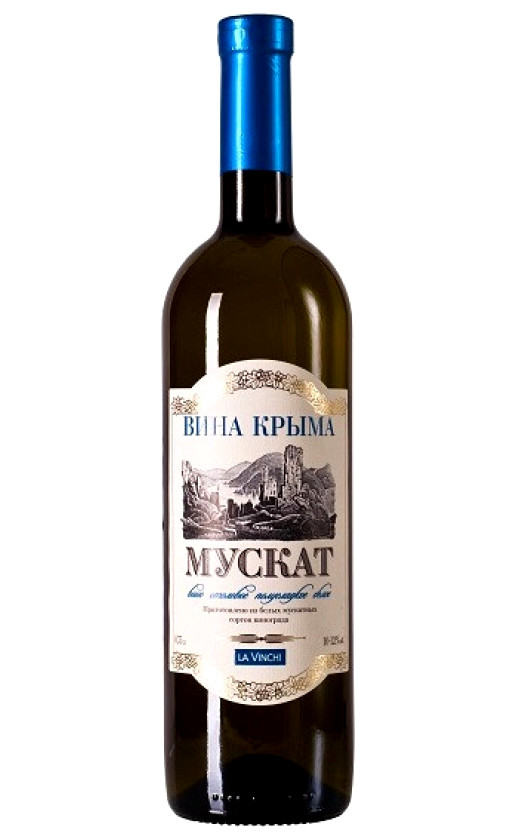Refine Search
Category
Wine Of The Crimea
Wines of the Crimea - what you need to know about the brand
Wines of the Crimea is a brand well-known beyond the borders of Russia. Crimea is home to some of the best winemaking areas in Russia, including "Wines of the Crimea", "Alushta Valley", "Novosvet Amphitheatre", "Pasha Tepe Slopes" and others, which allow for the production of high-quality drinks in large quantities. You can order them through the trusted service Vi.Wine (the price varies based on grape variety and harvest year).Preparation Process
Crimea has been renowned for winemaking for centuries. In the 19th century, a laboratory was established here where scientists worked hard to create high-quality drinks. During this period, European experts came to the peninsula and gave high praise. However, in the 1980s, due to the Prohibition Law, many vineyards were destroyed. But about 65% were saved, so winemaking is gaining momentum again. Today, large volumes of semi-sweet and dry (white, red, pink) wines are produced in the region, with the following grape varieties being particularly in demand: "Rkatsiteli", "Silvaner", "Chardonnay", "Sauvignon", "Cabernet" and "Pinot-Fran". The technology of semi-sweet wines consists of the following steps:- Harvesting (separation from ridges).
- Berry pressure (without damaging the pips).
- Fermentation (2-4 days in a warm place).
- Juice straining (with the addition of sugar to the wine must).
- Move the vessel to a warm place for 30-50 days (until final fermentation).
- Taking the drink to the cellar (to stand for one month).
- Filtration.
- Bottling, corking.
Tasting Characteristics
Below are the tasting characteristics:- Color. Crimean wines come in white (with a delicate pale yellow hue), pink (pale or rich) and red (bright color).
- Aroma. It depends on the type of grapes used, but every drink has notes of berries.
- Taste. Semi-sweet wines are characterized by tenderness and sweetness. In the dry ones there is acidity, tartness and subtlety (they often leave a sour aftertaste), with alcohol content varying from 8 to 11.5%.
